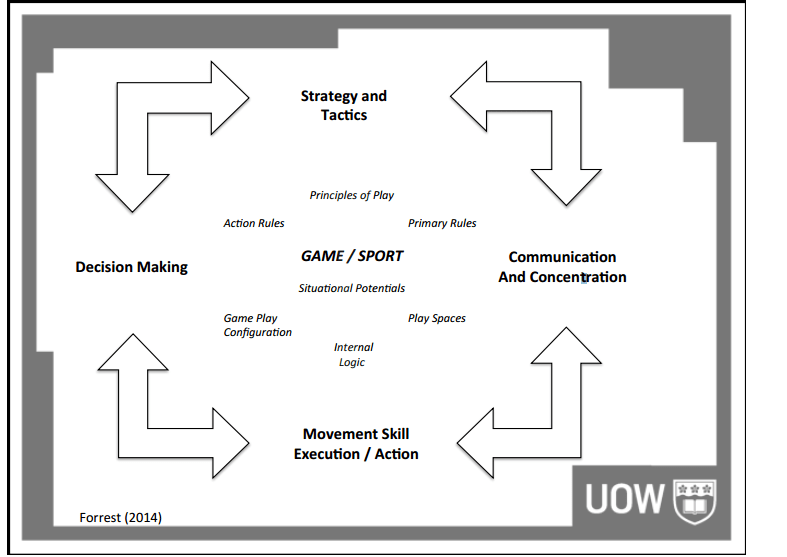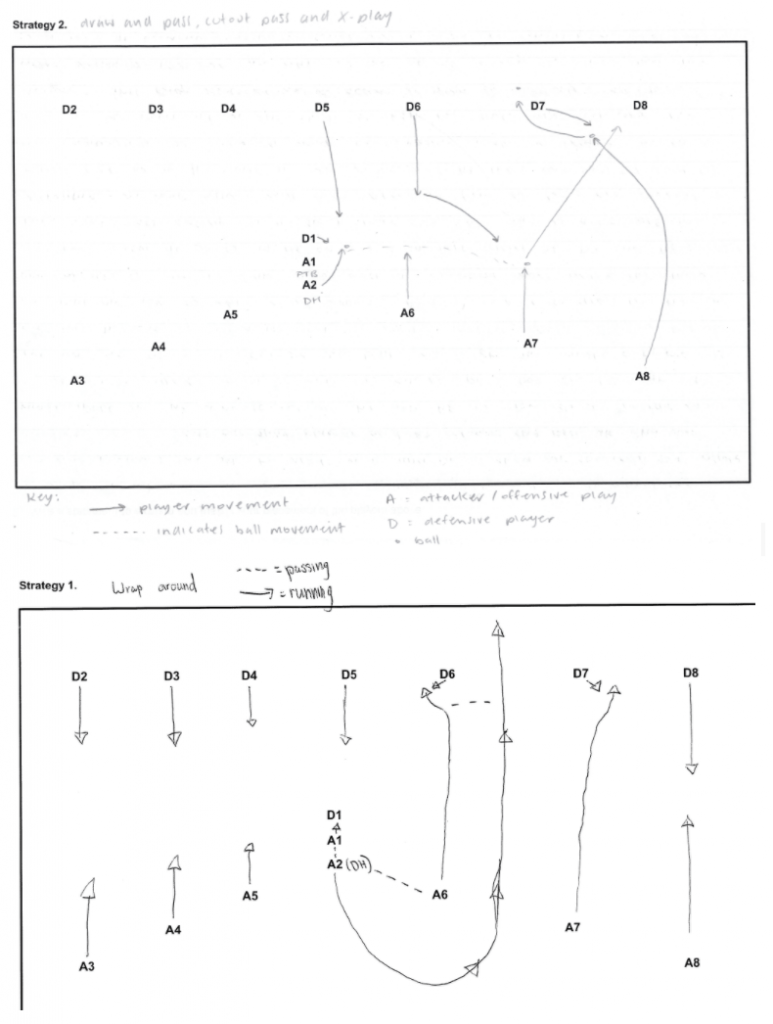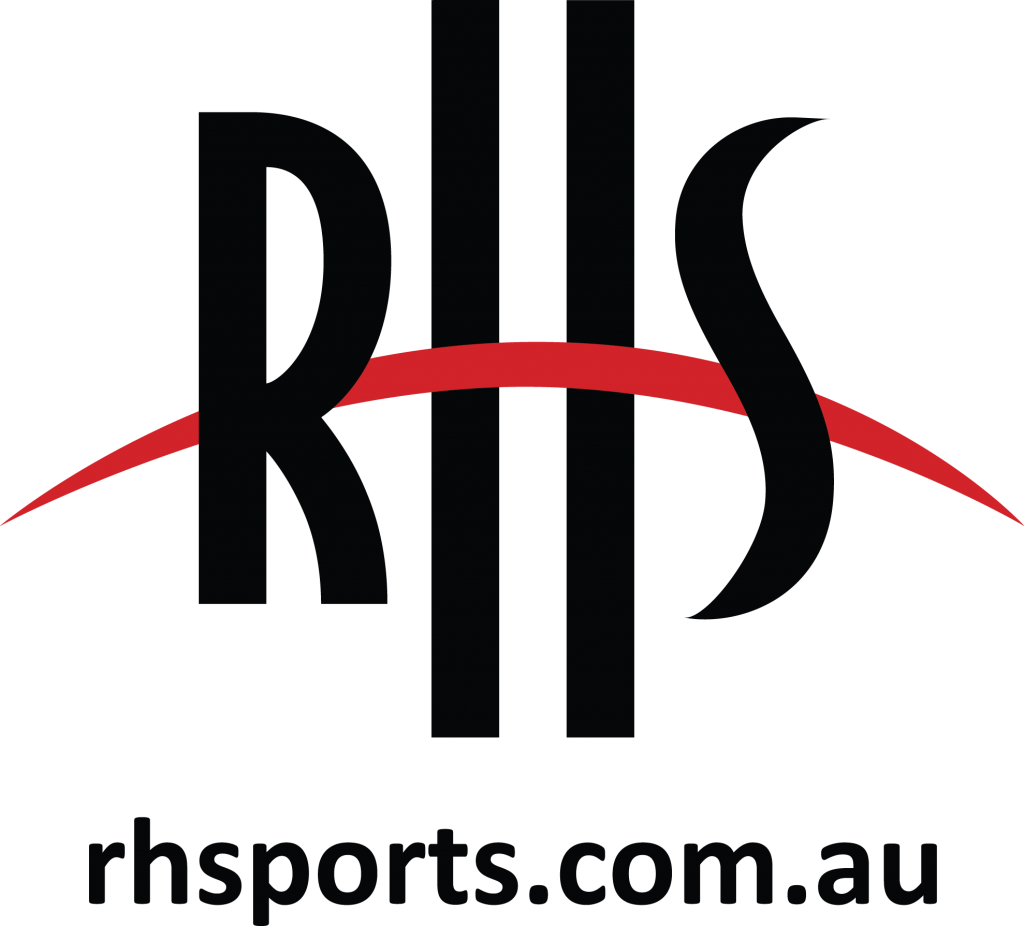
27 August 2021
by Angus Glynne
Head Teacher PDHPE,
Sydney Secondary College
Explicit teaching of PE to maximise the value of movement.
In recent times, it’s been widely broadcast that there is a decrease in students valuing lifelong movement in Australia.
The key question is, ‘What is missing and how can we increase the impact of learning in PE?’
NSW Centre for Education Statistics and Evaluation (CESE) has provided a range of ‘What Works Best’ resources for teachers that highlights eight quality teaching practices that are known to support school improvement and enhance the learning outcomes of our students.
High expectations, effective teaching and feedback are what I believe are the three most important indicators for encouraging students to value movement in physical education.
In this article, I will highlight the rationale for effective teaching on the transfer of learning using practical examples we have recently adopted. This highlights different ways that students can achieve movement based outcomes with confidence, success and the ability to think critically.
In addition, I acknowledge the issues and challenges we face such as the increasing complexities based on individual learning plans, behaviour management, administration and of course the 4 letter word, TIME.
Explicit teaching in PE looks like….
As teachers, we consistently unpack what success in lessons looks like for our students. For us, a typical PE lesson could look like:
- A short summary of the concepts in the previous lesson – using prior knowledge such as tactics or movement skills and utilising them in this lesson.
- Setting clear learning intentions for the lesson based on movement skills or student decision making, communication or strategy and tactics. Personally, I have adopted a whiteboard with the learning goal, key points/summaries/diagrams to cater for visual learners in most of my lessons when audiovisual resources are not available.
- Provides success criteria to be a successful learner in these concepts mentioned above (what they have to learn). For example, ‘the tactics you could implement in this game include’ (putting ourselves in a students perspective).
- Continuing to teach until the students understand – re-teaching, explaining, modelling, demonstrating. Prior planning, forecasting and differentiation is key here. Organisation completed prior with names of students in groups can be beneficial to making that lesson that extra 2% needed.
- Providing individual help/support when required.
- Adapting the lesson to the classes needs and knowledge – finding the right balance between guidance, independent practice and application (regressions, progressions and modifications).
- Using discussion strategies as a method to pose specific questions based on the concepts in the learning intentions. For example, ‘What defensive strategies could you put into place to minimise the success of dribbles?
Movement
If students understand movement they should be able to transfer these into various sporting contexts which is a major component of the approach the syllabus has taken.
With reference to Clare Roden’s recent post ‘Stop calling it prac, its PE’ she questions how we can continue to share best practice and build capacity in PDHPE teachers to effectively educate students in a movement context by following evidence based practices.
I support and emphasise the importance of critically analysing the NESA PDHPE syllabus in each stage.
Questions that we must ask ourselves:
- What are we actually requiring students to learn? Movement skills and/or strategies to support their confidence OF the game or IN the game?
Dr Greg Forrest’s Grammar for Games concept provides the notion of how to effectively transfer learning in PE settings. As teachers we have the opportunity to continue adopting game based approaches with a common language similar to pedagogy many of us are adopting in gamified and discussion based activities. This common language for all physical educators can maximise the transfer of learning in PE movement contexts. These contexts include;
- Decision making -successful and appropriate decisions such as passing, catching, moving into space.
- Tactics and strategies – planning, application and modification. Here is where we can challenge high potential and gifted learners through opportunities to collaborate and share ideas
- Movement skill execution
- Communication and concentration – concentration involves attention and focus in the game often neglected. These concepts improve student cognitive and psychomotor skills that have a close relationship with the physical literacy continuum clusters.

Examples of innovative PE practices
Using “Game Sense” and “Grammar for Games” concepts innovatively has had a positive impact in our school.
We have adopted a range of teaching and learning strategies that have increased the rigour and ensures students value movement and can continue to enhance the transfer of learning in PE. This has been apparent in differentiating the learning intentions from Stage 4 to Stage 5. Fine tuning our scope and sequence and plotting assessment task ‘target texts’ has been key in delivering this.
An example in Stage 5 to maximise decision making and strategy/tactics in movement has been implementing written components into teaching and learning activities accompanied with video resources such as modelled examples and screencasts using teachers or students which I would recommend to increase their leadership and ownership of the learning.
In this task, students drew strategies and provided judgements on effective offensive and defensive tactics in specific sporting situations (for example, the invasion game oztag below).
We have found this has had a direct impact that has maximised tactical discussions during various modified and hybrid game situations (especially with less confident students who have varied opinions of the subject).
I emphasise that our objective has been not to view movement skills individually, rather using the syllabus, physical literacy statements and the four concepts of decision making, communication/concentration, movement skills and strategies/tactics.
For example Stage 5 learners should ‘Develop and implement appropriate rules, strategies and tactics for selected movements’ (NSW K-10 PDHPE Syllabus, p. 91). Here you can see a sample student drawing of a play that could lead to a try in a game of oztag.

Team sport assessment procedure
Secondly, we have provided lessons where students have analysed tactical knowledge through TSAP (team sport assessment procedure) which is a method used to provide a valid observation on a player’s participation in a specific game or sport by collating data.
For example, in a game of Euro Handball, half the class participate in the game and the other half would observe by tallying and collating times when their peers made decisions, communicated, gained possession and disposed of the ball. Students could make judgements based on their peers ability to executive skills, provide tactics, strategies, communicate and make effective decisions.
The effective teaching of these learning samples involve clear and explicit success criteria, displaying examples and student centred learning experiences that increases their communication of ideas and ownership in the transfer of learning.
We have received positive student feedback in our end of unit evaluation surveys:
- “I enjoyed the simple processes done, to help us learn how to play the game”
- “I enjoyed learning the strategies needed that I never knew existed for me to be successful in these games”
- “I liked utilising the strategies that I transferred into games”
- “Observing my classmates has helped me understand the strategies I need to implement in a game”
This semester we are also experimenting with multimodal learning activities and assessment in Stage 5 field, territory and invasion games such as netball and basketball. This will involve the similar and different strategies and tactics that support success in offensive and defensive situations.
Reasons for success
A key reason for the success of these Stage 5 examples is due to the explicit teaching of skills, strategies and tactics in Stage 4 in various scenarios across all movement contexts that ensure students can apply movement skills in low stakes situations through gamification.
I highly doubt you will ever find a student who doesn’t enjoy a game or challenge (as this is what consists of a high majority of their time outside school on their devices and gaming consoles). If students understand movement skills they have the capacity to have a base level of cognition to engage in the transfer of learning.
Reflections on your practice
- How can we continue to enhance the transfer of learning in PE?
- What specific strategies in a PE lesson do you implement that models, teaches and explains decision making, tactics and strategies and communication and concentration?
- How can we differentiate lesson activities effectively using the four concepts highlighted in Grammar for Games to cater for all learners?
- How can we find the right balance between guidance and independent practice in PE?
Future opportunities
If you’re interested in increasing your understanding of these pedagogical concepts I would recommend you register and sign up for the ACHPER NSW Reimagining PE workshops.
At these workshops participants will be unpacking and interpreting the movement-based outcomes and exploring what student achievement can look like in each Stage. Basically, this will involve examining the movement content into innovative and engaging lessons that can engage and challenge all students.
Sharing practice and collaboration
It is key that we continue to share our practice that informs others. As a PE teacher I always feel we are one large team with the same goal. I personally get very motivated when I find unique and new ideas, activities and practices through various social media platforms such as Twitter, ACHPER website, blogs and the Facebook Page, PDHPE community forums and local networks.
At the end of the day, what do we want to achieve? We want successful and confident lifelong movers who value movement that will support their overall health, safety and wellbeing.
It’s exciting to see where the combination of innovative and evidence based practice in PE will shift in the future.
I would like to acknowledge the hard work and dedication of the colleagues in our faculty who have experimented, shared and led these practices. This has been a collaborative process.
More about Angus Glynne
Angus was appointed Head Teacher PDHPE at Sydney Secondary College Leichhardt Campus at the start of 2020. Prior to that he taught PDHPE and CAFS at Blackwattle campus.
In 2021 Angus joined the ACHPER NSW Board and is a member of the Professional Learning and Resources sub-committee.


